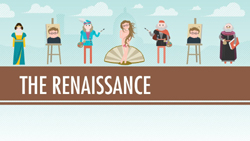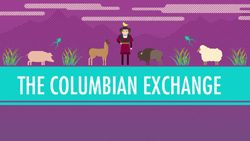| What two books started the Scientific Revolution?
What does geocentric universe mean?
What does heliocentric universe mean?
Which one did the Catholic Church say was true?
Who was the First Century Greek philosopher who taught
the geocentric model of the universe?
Who was the Renaissance mathematician who proposed the
heliocentric model of the universe?
Who was the German mathematician who first recognized
the orbits of the planets were elliptical and not circular?
Who was the first person in human history to see the mountains
and craters on the moon, the phases of Venus, that Jupiter had moons, and
that Saturn had rings? |
How did he do this?
Galileo’s observations disproved one aspect of Ptolemy’s
universe by showing for the first time which characteristic of heavenly
bodies?
Who discovered gravity, the laws of motion, the nature
of light, and invented calculus?
Who wrote the first accurate book on human anatomy?
How did he do this?
Who discovered that blood completes a circuit through
the body?
Who proposed that elements were substances that cannot
be broken down into simpler substances?
Who first discovered oxygen, hydrogen, and the formula
of water? |





